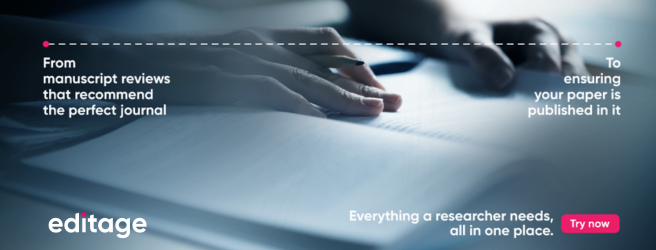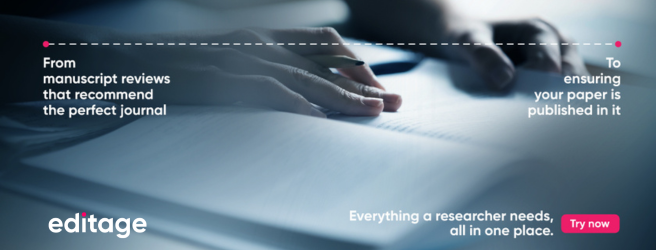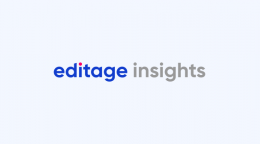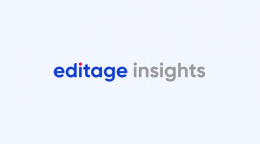Large-scale survey by Nature Publishing Group reveals authors' preference for single-blind review

Which form of closed peer review do authors prefer – single-blind or double-blind review? A new large-scale study conducted by Nature Publishing Group (NPG) in London concluded that few authors choose double-blind peer review when given an option. Single-blind peer review, which is more popular among academics, continues to have more takers.
Closed peer review, which is a more conventional form of peer review, is widely used in academia. Single-blind review is where the authors’ identities are not revealed to the reviewers, and in double-blind review both the authors’ and reviewers’ identities are not revealed to each other. Each form has its own pros and cons, and so researchers prefer one over the other. Though single-blind review is more common, authors have shown growing interest in double-blind review. Therefore, in 2013, Nature announced that it would begin offering the option of double-blind review for its journals Nature Geoscience and Nature Climate Change. It was found that single-blind review continued to be popular, but because authors appreciated having the option of double-blind review, Nature eventually offered double-blind review for all of its journals.
To understand the demand for double-blind review, NPG studied 106,373 submissions to 25 Nature-branded journals between March 2015 and February 2017 and some interesting trends were observed:
- Only 12% of the submissions requested for double-blind review.
- Of the papers that went for double-blind review, most of them – amounting to 14% – were submissions to Nature, NPG’s most prestigious journal.
- Geographically, more of Indian and Chinese authors opted for double-blind review, which was 32% and 22% respectively, as compared to 8% authors from France and 7% from the U.S.
- Researchers belonging to less prestigious institutes were observed to opt for double-blind review.
- There was no discernible difference in the uptake of the option among men and women.
- Only 25% of the papers under double-blind review were accepted, whereas 44% papers that got accepted had undergone single-blind review.
There might be several reasons underlying authors’ preference for single-blind review. One of the most predominant ones is that authors find it difficult to erase all traces of their identities from the paper. Alexander Jensenius, a music researcher from the University of Oslo, said, “If I am going to remove every trace that could identify myself and my coauthors there wouldn’t be much left of the paper.” Moreover, most reviewers are able to guess the authors even if their names are concealed. There is another view on this as expressed by Mark Burgman of Imperial College London, who is also the editor of Conservation Biology. He says, “There’s the idea that if you go double blind, you have something to hide.” This could lead researchers to not opt for double-blind review. These findings were presented at the Eighth International Congress on Peer Review.
Reference:
Few authors choose anonymous peer review massive study nature journals shows
Related reading:
Published on: Sep 28, 2017
Comments
You're looking to give wings to your academic career and publication journey. We like that!
Why don't we give you complete access! Create a free account and get unlimited access to all resources & a vibrant researcher community.













